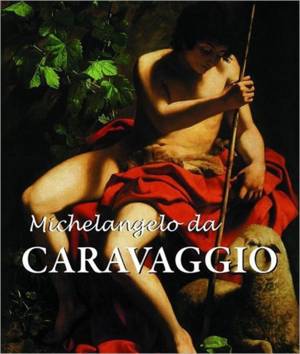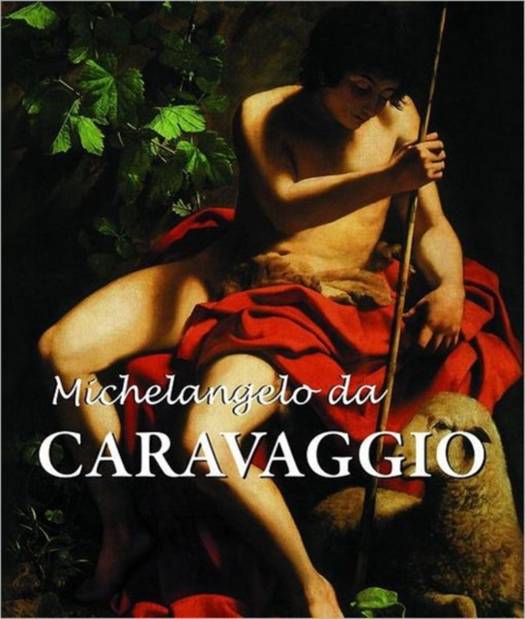
- Retrait gratuit dans votre magasin Club
- 7.000.000 titres dans notre catalogue
- Payer en toute sécurité
- Toujours un magasin près de chez vous
- Retrait gratuit dans votre magasin Club
- 7.000.0000 titres dans notre catalogue
- Payer en toute sécurité
- Toujours un magasin près de chez vous
Description
It was not until the middle of the 20th century that Caravaggio (1571-1610), an Italian painter long considered controversial, was rediscovered. An advocate of Realism, this artist of the Counter-Reformation challenged the establishment and returned a sense of humanity to images of the saints. The sensuality he gave them went beyond veneration to create an ambiguous eroticism, which incurred the wrath of the Church. Paradoxical and violent, this painter of shadows illustrated with solemnity his debauched lifestyle and dissolute morals. With his invention of chiaroscuro, he made his bloodsoaked impression on the history of art.
In combining the different approaches of Félix Witting (Professor of Art History) and M. L.Patrizi (Doctor of Psychology), this text sheds new light on the work of this painter, who could not be better served than by these great specialists.
Spécifications
Parties prenantes
- Auteur(s) :
- Editeur:
Contenu
- Nombre de pages :
- 200
- Langue:
- Anglais
- Collection :
Caractéristiques
- EAN:
- 9781906981839
- Date de parution :
- 01-07-12
- Format:
- Livre relié
- Format numérique:
- Genaaid
- Dimensions :
- 246 mm x 291 mm
- Poids :
- 1456 g

Les avis
Nous publions uniquement les avis qui respectent les conditions requises. Consultez nos conditions pour les avis.






